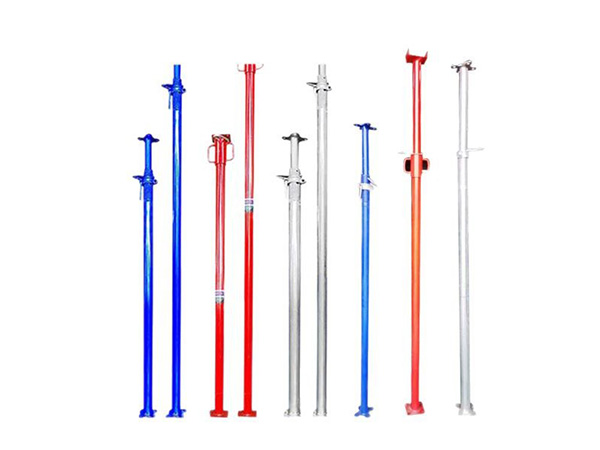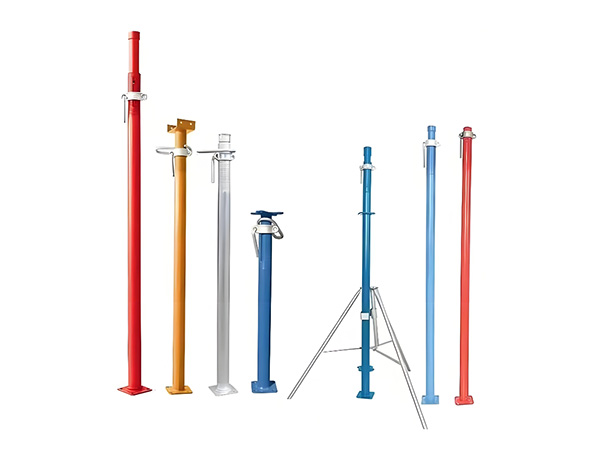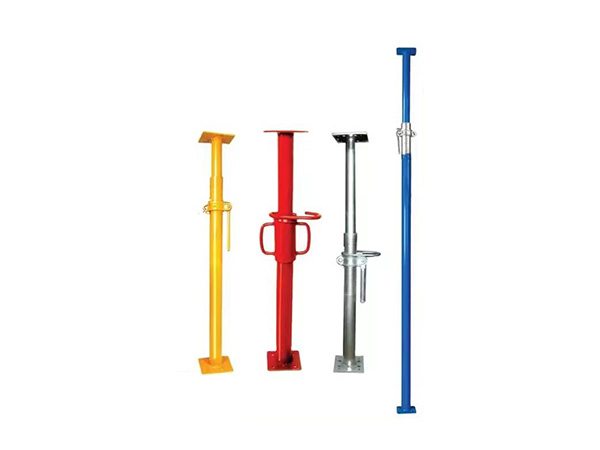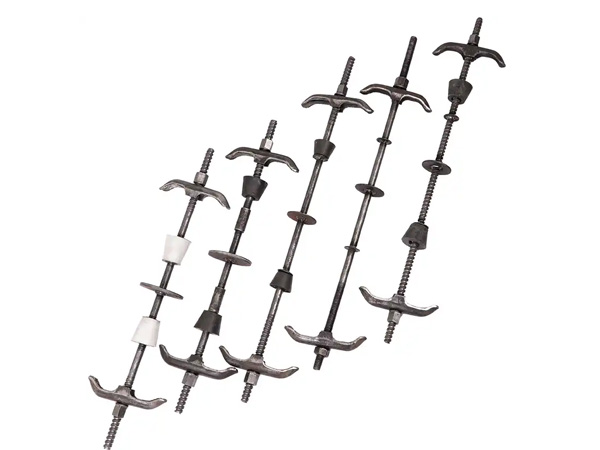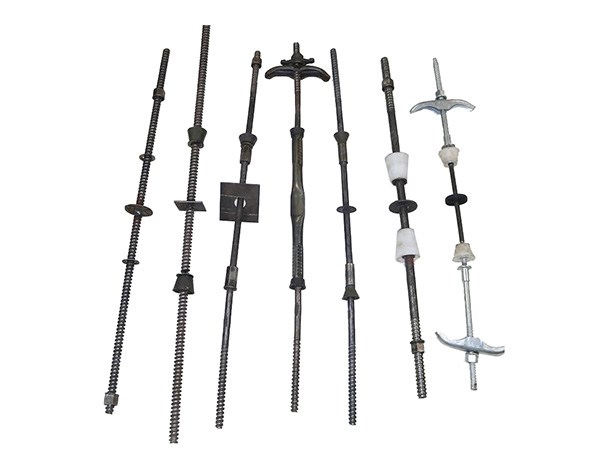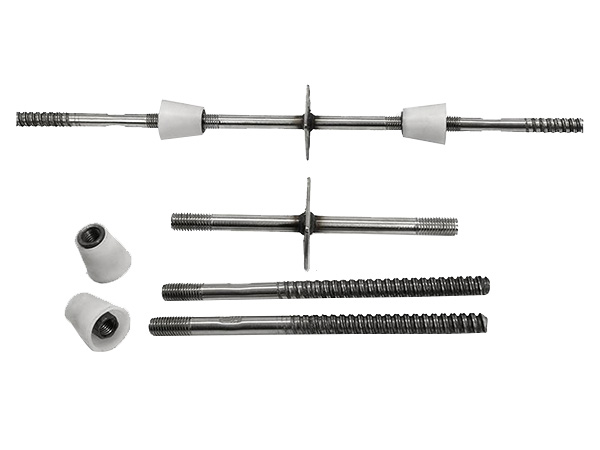- Site Navigation -
NEWS LIST
Key points of safety inspection before using Adjustable Screw Jack?
Author:yicheng Date:2025-09-03 15:29:42 Hits:193
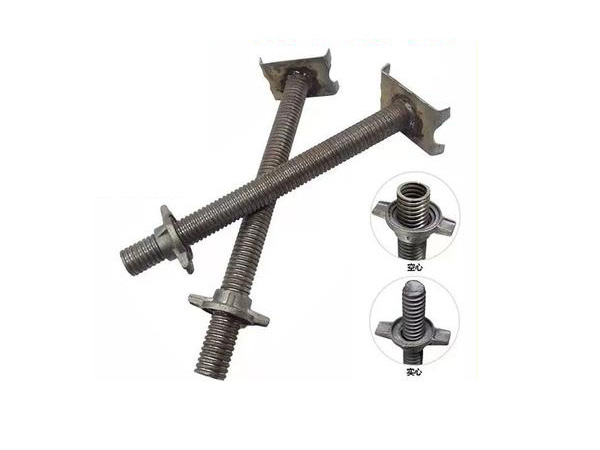
Key points of safety inspection before using Adjustable Screw Jack?
The safety inspection before the use of the building roof support is a key link to prevent the instability of the support system,and it is necessary to focus on the core goal of"qualified material,intact structure,and normal function",and check item by item against the specifications,and the specific inspection content is as follows:
1.Material and specification compliance inspection
First,check the material certificate and confirm that the material of the top support screw and support plate is Q235 or Q355 steel(factory material list is required),and the use of brittle materials such as cast iron and non-standard steel is prohibited;The second is to check the specifications and models,and use calipers to measure the screw diameter(such asφ30mm,φ36mm)and the size of the support plate(such as 150mm×150mm,200mm×200mm)to ensure that it matches the load in the construction plan(such as load-bearing≥8kN needs to correspond to the screw diameter≥36mm),so as to avoid using small specifications of jack support for heavy load scenarios;The third is to check the factory logo and confirm that the top support has clear markings such as production date,manufacturer code,load level,etc.,and the top support without or vague logo is prohibited from being used.
2.Structural integrity inspection
Focus on checking whether there is damage or deformation of the top support parts:First,check the screw and check that the surface thread has no slippage,broken teeth(the number of broken teeth is≤1,and it is not continuous),and the screw is not bent(straightness deviation≤1mm/m),otherwise it will lead to adjustment failure or uneven force;The second is to check the pallet plate to confirm that the pallet has no serious deformation(flatness deviation≤2mm),cracks or edge warping,and the welding of the pallet and the screw should be fully welded without leakage and air holes(weld height≥6mm)to prevent the pallet from falling off under force;The third is to check the accessories,and confirm that the accessories are complete and free of rust and jamming to ensure that they can be effectively fixed when connected.
3.Appearance and rust inspection
Investigate the hidden dangers of appearance caused by storage and turnover of the top support:first,check the degree of rust,measure the rust depth of the screw and pallet with a thickness gauge≤0.5mm,and there is no large area of rust on the surface(the rust area accounts for≤10%).The second is to clean up the debris,check that there are no mortar,cement agglomeration,oil stains and other debris on the surface of the threaded groove and pallet to avoid affecting the adjustment function or causing uneven load transmission;The third is to check the deformation,for the turnover of the top support,focus on whether the screw is permanently deformed due to force(you can use a ruler),and the top support that exceeds the standard needs to be scrapped and cannot be used continuously.
4.Functional effectiveness test
Verification of the top support adjustment and load-bearing function through practical operation:first,test the adjustment function,rotate the screw,confirm that the adjustment is smooth and there is no jamming,and the support plate remains horizontal during the screw lifting process,and there is no tilt offset;The second is a simple load-bearing test,to top the key parts,apply vertical force(or lightly place 5kg of heavy objects)by hand,check that the connection between the screw and the support plate is not loose,and there is no abnormal sound to ensure that the structure is stable when stressed.All inspections must be recorded,unqualified top supports must be stored separately and marked as"prohibited",and it is strictly forbidden to be put into use with illness to ensure compliance with the requirements of the"Safety Technical Specifications for Construction Tool Scaffolding"and other requirements.







